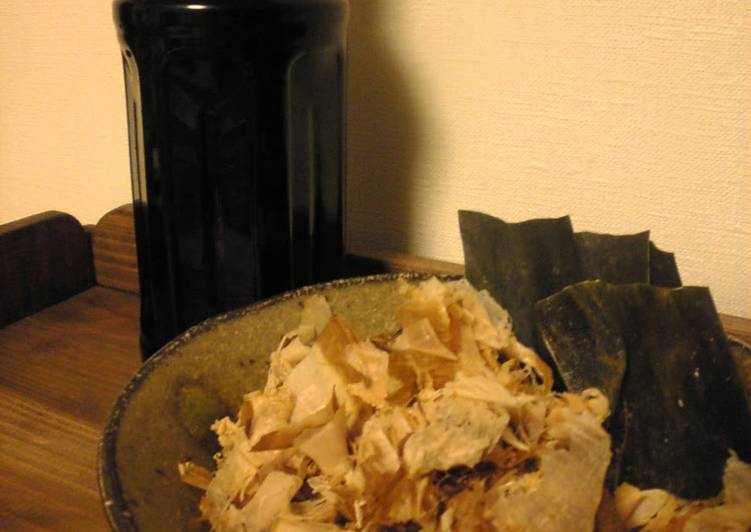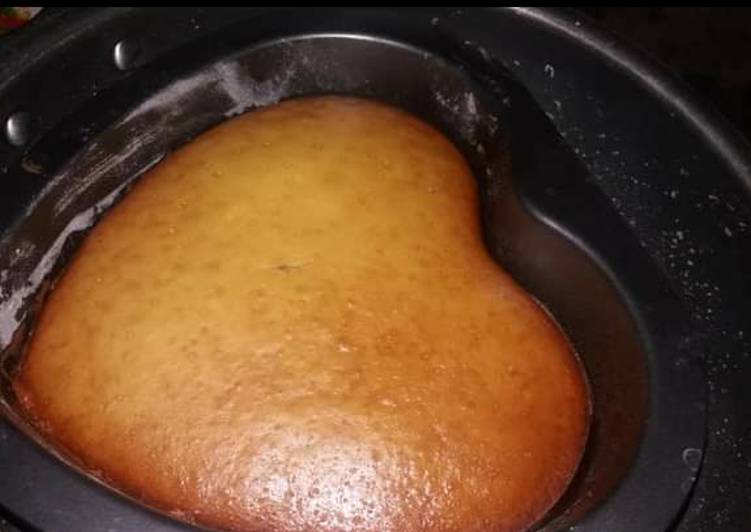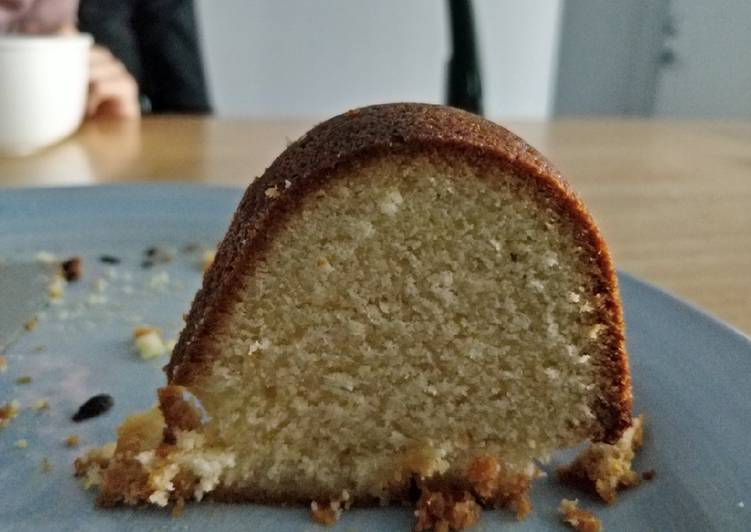
Hey everybody, this time we provides you with all-purpose traditional japanese sauce (dashi soy sauce) recipes of dishes that are easy to know. We are going to share with you the recipes that you are in search of. I’ve made it many instances and it is so scrumptious that you just guys will find it irresistible.
Great recipe for All-Purpose Traditional Japanese Sauce (Dashi Soy Sauce). I learned this from a friend who is a great cook, and have been using it every since. I modified the amounts so that it's easy to make.
All-Purpose Traditional Japanese Sauce (Dashi Soy Sauce) is one of the most favored of current trending meals in the world. It’s appreciated by millions every day. It’s easy, it’s quick, it tastes yummy. All-Purpose Traditional Japanese Sauce (Dashi Soy Sauce) is something which I have loved my entire life. They’re nice and they look fantastic.
To get started with this particular recipe, we must first prepare a few components. You can cook all-purpose traditional japanese sauce (dashi soy sauce) using 6 ingredients and 4 steps. Here is how you can achieve that.
The ingredients needed to make All-Purpose Traditional Japanese Sauce (Dashi Soy Sauce):
- Get 300 ml Soy sauce
- Get 300 ml Sake
- Take 200 ml Mirin
- Get 20 grams Bonito flakes (about 2 big handfuls)
- Take 10 grams Kombu for dashi stock (about 4 to 5 10 cm x 3 cm pieces)
- Get 1 Shredded nori seaweed, white sesame seeds (for the furikake)
Kamada Dashi is a soy sauce with a rich flavor and is the perfect blend of dashi (cooking stock made from kelp and dried bonito), soy sauce, and mirin. These three seasonings come together to give you a wonderful taste. Japanese soy sauce adds to the flavors of a recipe without overwhelming them. That's why you find soy sauce in the majority of Japanese dishes.
Instructions to make All-Purpose Traditional Japanese Sauce (Dashi Soy Sauce):
- Put all the ingredients except the nori seaweed and sesame seeds into a pan and turn on the heat. Once it comes to a boil, turn the heat down to low and simmer. Continue simmering for 15 to 20 minutes until the liquid has reduced by 2/3.
- Take the pan off the heat, and let cool. When it's cooled, strain it through a fine meshed sieve or paper towels. You'll end up with about 500 ml of dashi.
- How to reuse leftover bonito flakes: Spread it out on parchment paper-lined baking sheet. Bake in an oven preheated to 195-210°F/90-100°C. Around the time you've forgotten about it, it will be nicely dried (about 1 hour). P.S. Be careful not heat the oven too high, this will dry out the flakes. You can also dry-roast in a frying pan.
- Add finely shredded nori seaweed and white sesame seeds, for gorgeous, delicious bonito flake furikake! Store in an airtight container in the refrigerator. I recommend eating this with rice! It's so good!
Soy Sauce Can Be Used For: Adding flavor to meat, seafood, and vegetable dishes; Making soups and broths; Dipping, as in sushi or mochi; Salad dressings, marinades, sauces, etc. Made with dashi, soy sauce, mirin, and sugar, Tentsuyu is the traditional Japanese dipping sauce for all kinds of tempura. This homemade recipe is a must to elevate your favorite shrimp tempura or vegetable tempura. When you order Tempura at a restaurant, you'd be given a small dish of dipping sauce on the side to enjoy with. This fermented mixture of soy beans, wheat, salt, and koji rice mould is one of the most widely utilised condiments in Japan, seasoning everything.
Above is the best way to cook all-purpose traditional japanese sauce (dashi soy sauce), very simple to make. Do the cooking phases correctly, calm down and use your heart then your cooking might be delicious. There are various recipes you could attempt from this web site, please find what you need. If you happen to like this recipe please share it with your pals. Blissful cooking.

